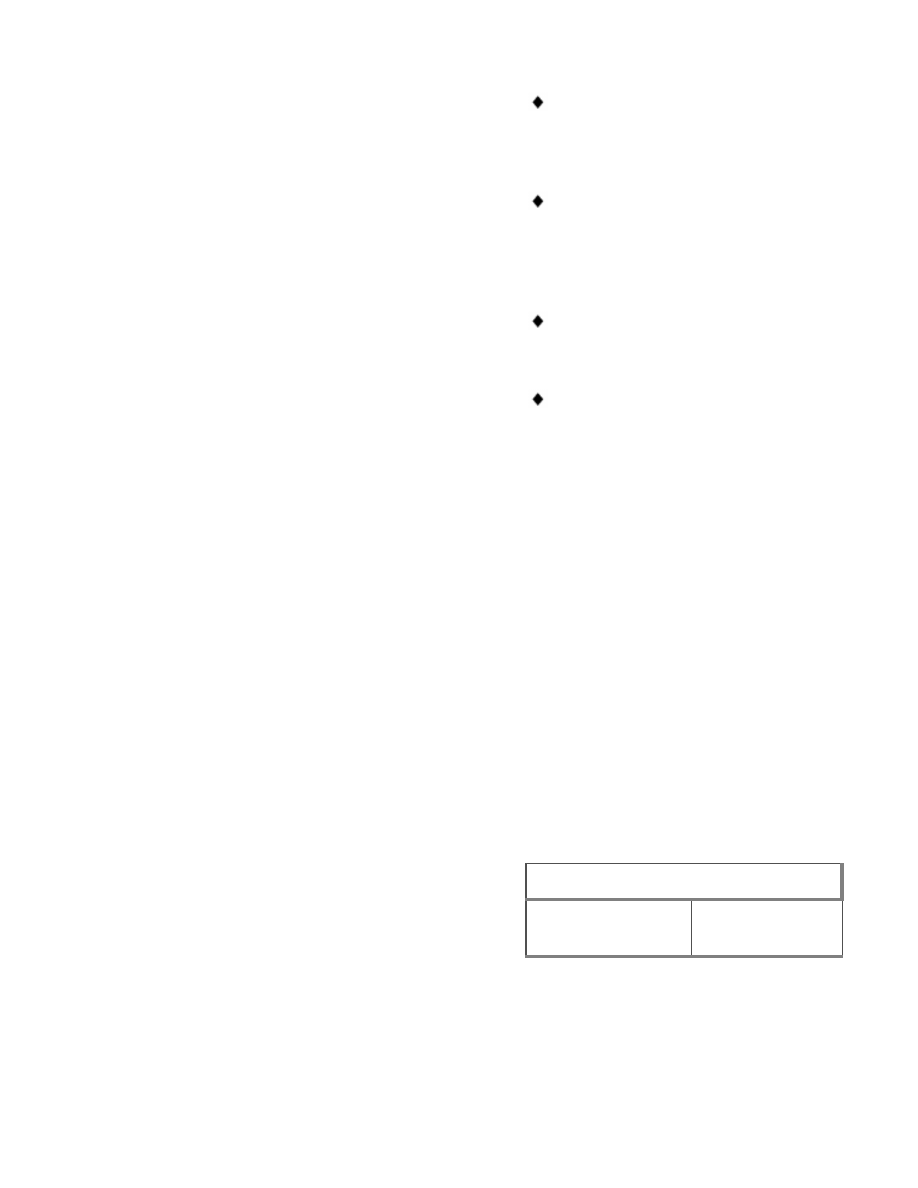BMW 3 (E46). Manual - part 51

Low compression indicates a
poorly sealed combustion
chamber.
Relatively even pressures that are
below specification normally
indicate worn piston rings and/or
cylinder walls.
Erratic values tend to indicate
valve leakage.
Dramatic differences between
cylinders are often the sign of a
failed head gasket, burned valve,
or broken piston ring.
-
Reinstall spark plugs and ignition
coils.
Note:
Used spark plugs should be reinstalled
in the same cylinder from which they
were removed.
-
Remainder of installation is
reverse of removal. Be sure to
reinstall all wires disconnected
during test, especially ground
wires at coils and cylinder head
cover (where applicable).
Tightening torque
Spark plug to
cylinder head
25 Nm (18 ft-lb)
Wet compression test
To further help analyze the source of
poor compression, a wet compression
test is the next step: